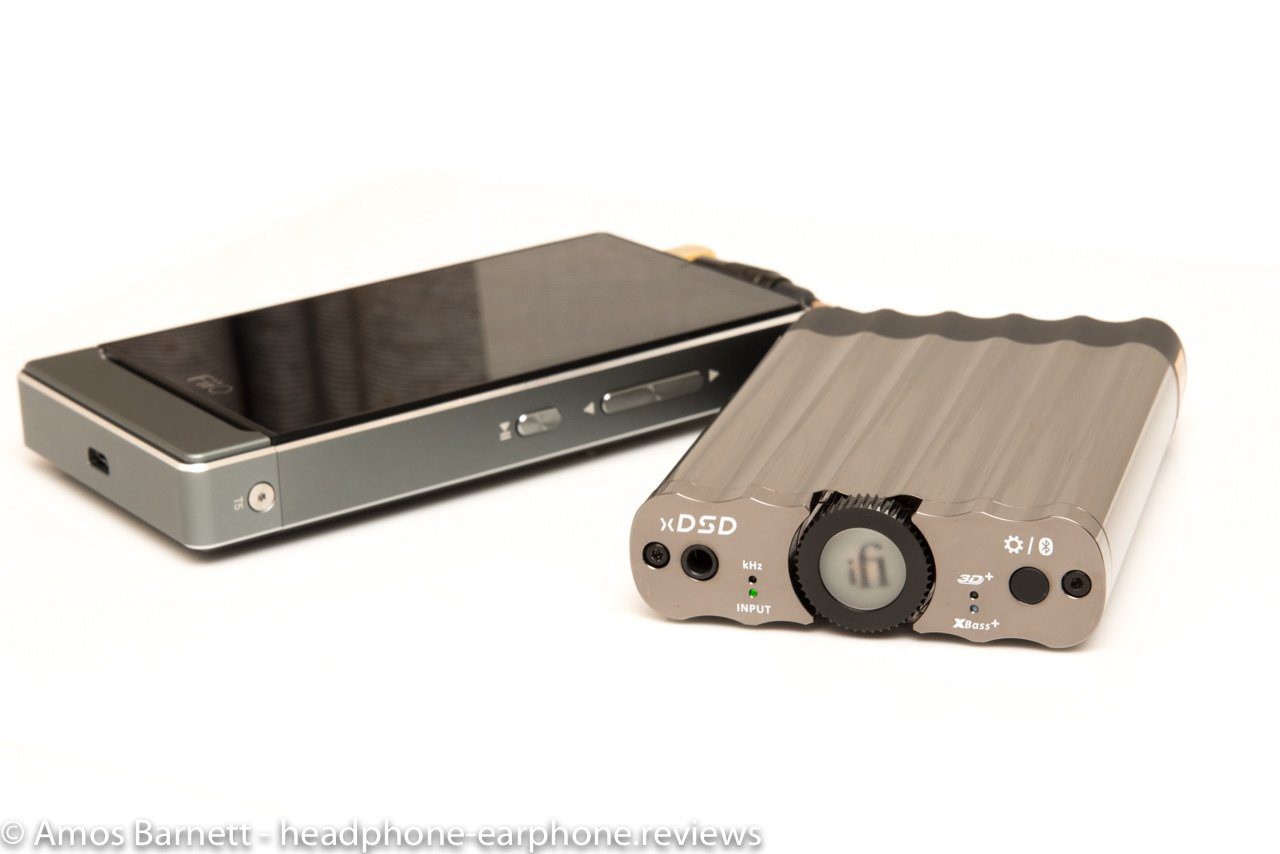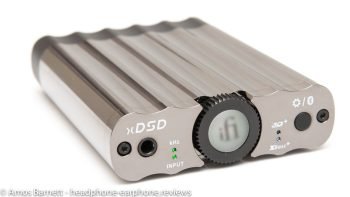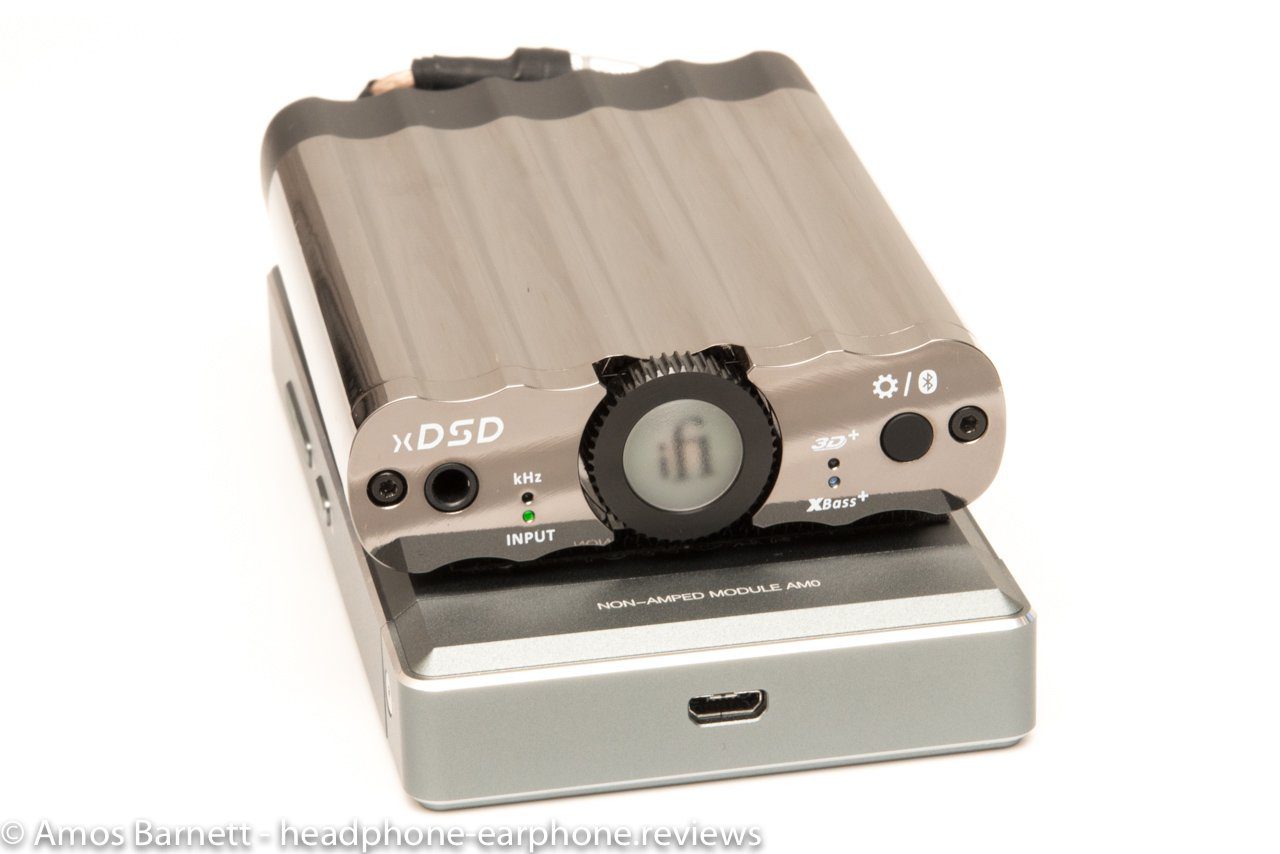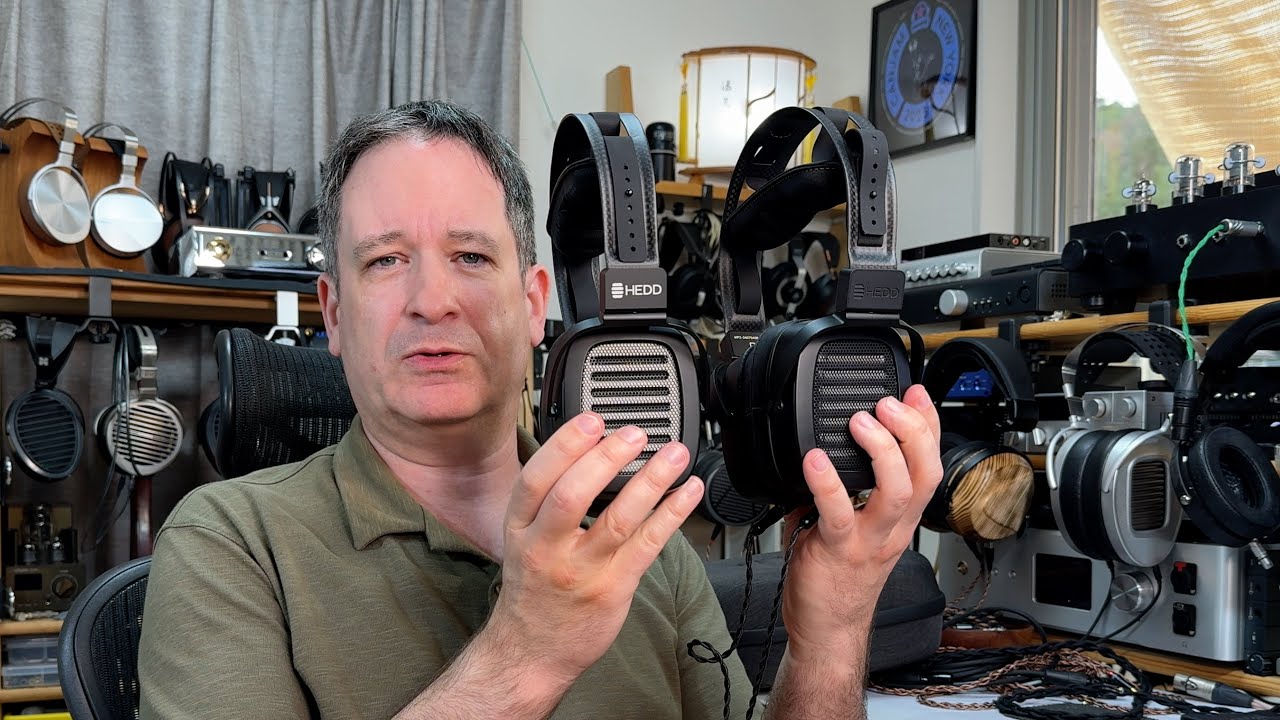iFi have carved a name for themselves with affordable and powerful DACs and headphones amps, as well as noise-reducing USB and digital accessories. The new xDSD has been my first introduction into their digital guru, Thorsten Loesch.
Opening up the box, I was surprised at just how small the xDSD is. Most of their DAC/amps have been somewhat larger and not only has the size changed, but the form factor as well. Unusually-shaped designs are not something I’m new to, but the wavy case of the xDSD has had people wondering how it would be possible to attach to a smart phone.

To that end strips of 3M Dual Lock are provided, pre-cut, to allow attachment to a DAP or phone. As with other iFi products, such as their Nano and Micro series, the xDSD has a USB-A plug as one of the inputs, allowing it to be easily using with an iPhone and the Camera Connection Kit. To connect to a computer a USB extension cable is included. That extension cable is a USB 3.0 cable for best results, even if the xDSD itself only uses USB 2.
For charging, there is a separate micro USB port so that iPhone and smart phone users wont have to worry about power usage warnings.
For other inputs, a 3.5mm socket for both S/PDIF and optical is included. For the latter, a Toslink to mini-optical adaptor is included. Those of us who have collected mini-optical to Toslink cables for use with a DAP will be pleased that purchase of another cable isn’t necessary. Lastly, and most importantly, the xDSD has APTx and AAC Bluetooth audio built in.

For the output, a carefully crafted balanced circuit is used, the output of which is through a 3.5mm TRRS socket. While under normal circumstances, connecting a non-balanced connector would result in damage, in the case of the xDSD there are no issues, as the signal returns are to the star ground of each mono amp in the circuit. According to iFi, setting it up this way reduces crosstalk.
To power the xDSD on one presses the volume control in for a few seconds. As soon as the lights come on, it will be in either wired or wireless (Bluetooth) mode. Holding the power button in for longer still will switch between these modes.
Similarly, holding in the settings button during power on will switch on or off line-out mode which fixes the output to a standard 2V and sets the volume LED in the centre of the knob to white. In regular headphone-listening mode, the knob glows with different colours at different levels, much in the manner of Chord’s Hugo 2 and Mojo, though the highest volume in the case of the xDSD is red.
In line-out mode the settings button, which cycles between 3D mode and X-Bass modes (on, off, or both on or off) doesn’t function as it is assumed that maximum fidelity is desired when connected to another amplifier.
The 3D mode and X-Bass mode respectively provide a gentle widening of the soundstage and a gentle boost of the bass, handy with more bass-light headphones.
An input light indicates the type of input being used, or blue for Bluetooth and a kHz light indicates the input resolution. The latter bugged me somewhat as it glows green for everything from 44.1k to 96k. There are often times I want to be sure that, for example, my iPhone is actually outputting the correct resolution with a 96k file, but there is no way to check this without playing a 176k or 192k first.

With multiple inputs and ways that the xDSD could be used, I tried it in a variety of set-ups. For sources I had:
- iMac via USB
- FiiO X7
- Soundaware M1 via S/PDIF
- iPhone X with Camera Connection Kit
- iPhone X via Bluetooth (AAC)
- Astell&Kern AK380 via optical.
- Astell&Kern AK380 via Bluetooth (APTx)
S/PDIF wont accept DSD or anything above 192k. Nor will optical.
Despite the many options I felt that performance was quite consistent between inputs. One might notice less realism in the sound of cymbals on good recordings via AAC Bluetooth vs. APTx, or other minor differences via using a high-quality transport versus direct from a computer, but they were small enough that I don’t consider them significant.
As a DAC I compared it primarily with the Chord Mojo, it’s nearest competitor, and the Chord Hugo 2. The latter is resolving to a degree that just about any amp or headphones used with it will not be able to pass on its resolution capability and it was that way comparing it with the xDSD using iFi’s own Pro iCan.
Against the Mojo it was a much closer match from my impressions and really it came down to the finer points such as the Mojo’s superior computing power and software delivering a better sense of soundstage depth and slightly more natural-sounding instruments. Where the xDSD has the advantage is with its X-Bass and 3D modes which, while artificial can make music more satisfying to listen, especially when the music isn’t acoustic to begin with.

Driving headphones the xDSD does a good job. Conveniently for me, its peak power is at 16 Ohms and I had the MrSpeakers Aeon Flow Open on hand for review. That combination worked very well at the moderate listening levels I enjoy. I switched in various amps during listening, such as iFi’s own Pro iCan, and the ALO Audio Continental V5. More robust amplification provided an improvement, though where the headphones (or IEMs) were sufficiently driven, such as with the Aeons, the improvement was not large.
Of IEMs, I tested the xDSD for hiss with the Campfire Audio Andromedas. While with no music there was a small amount, it was hardly enough to be an issue with listening. HiFiMan’s RE2000s were also put into service, their strong treble employed to seek out harshness, none of which was apparent.
Of the xDSD’s presentation itself, it is slightly on the warm side of things, something I can’t help wondering if it is the result of the custom opamps used. With “627” in their name, I wondered if they were based on the classic (and slightly warm-sounding) OPA627.
Overall the xDSD is very enjoyable to listen to music with. I have a slight fear when agreeing to review something that I wont like it. With digital gear that is usually because inexpensive components can sound flat, or harsh, but the xDSD had none of those issues. On the contrary, I found often that once I’d start listening with it, I continued, such was the degree of my enjoyment.








